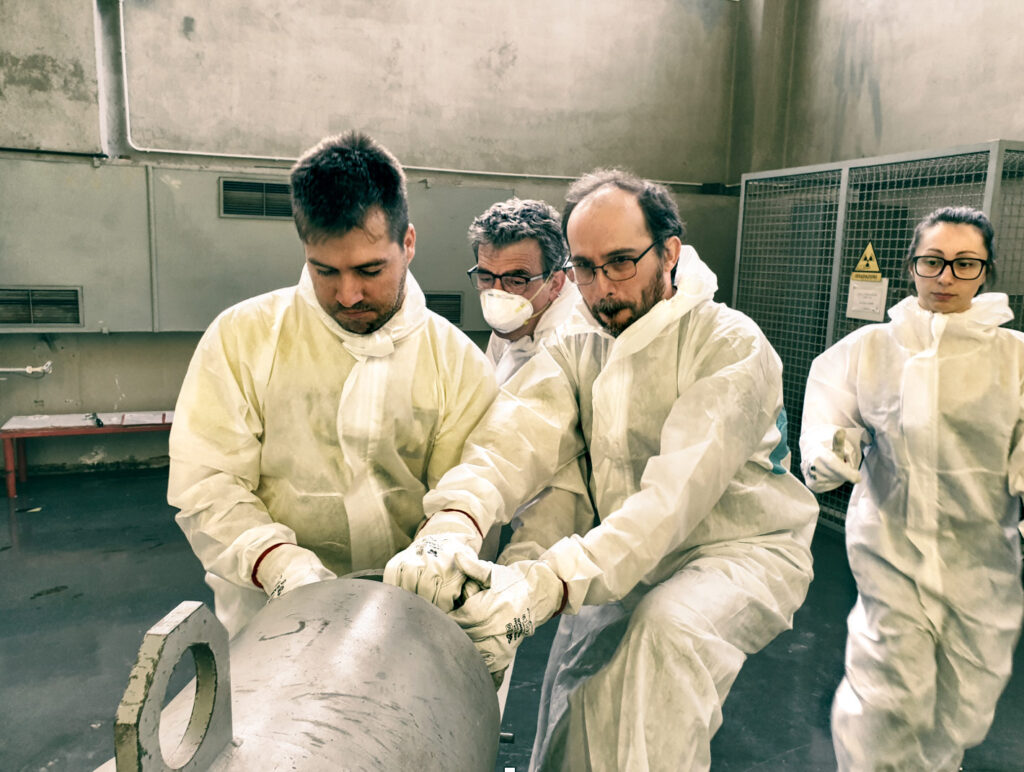ARCO_FAST
Analysis of Reactor COre – Fast neutron Analysis with Simulations and Tests
The research project arises from the collaboration between the INFN Section of the Milano Bicocca, the Politecnico di Milano, the INFN Section of Pavia and the LENA. This aims to analyze the TRIGA reactor for specific studies on the neutron, thermo-hydraulic and burn-up characteristics, which can lead to the operating conditions envisaged in the new fourth generation nuclear reactors (GEN IV nuclear reactors). The project is mainly based on modeling and numerical simulation activities, with the following points of interest being identified:
• Completion of the thermohydraulic model of the reactor (CFD with porous media), with verification based on experimental data;
• Analysis of the most suitable turbulence models for the TRIGA reactor channels and for the simulation of the fluid in the swimming pool;
• Completion of the multiphysics model (neutron + thermo-hydraulic) in a single computing environment (OpenFOAM);
• Use of the Dynamic Mode Decomposition (DMD) technique for the extraction of the most important dynamic modes in reactor transients.
During the first half of 2019 the new dynamic simulator was completed (following the reconfiguration of the core) and the first comparisons were made with the experimental data obtained through the previous measurement campaigns. In parallel, the development of a “full core” CFD model continued (with the use of a porous media approach to better represent the characteristics of the lower and upper grids), capable of simulating the reactor both in natural circulation conditions and in conditions of forced circulation.
The activity of LENA in collaboration with the INFN section of Pavia envisages the design and construction of the neutron irradiation facility with a fast energy spectrum at the penetrating irradiation channel of the reactor. In light of the new simulations using Monte Carlo code, it is planned to optimize the design of the additional shielding, the sample positioning system and its installation, together with the improvement of the filter for cutting the thermal neutron spectrum. Following the construction of the facility, the phase of energy characterization of the neutron spectrum of the new irradiation facility and the measurement of the gamma field will follow in collaboration with INRiM.


